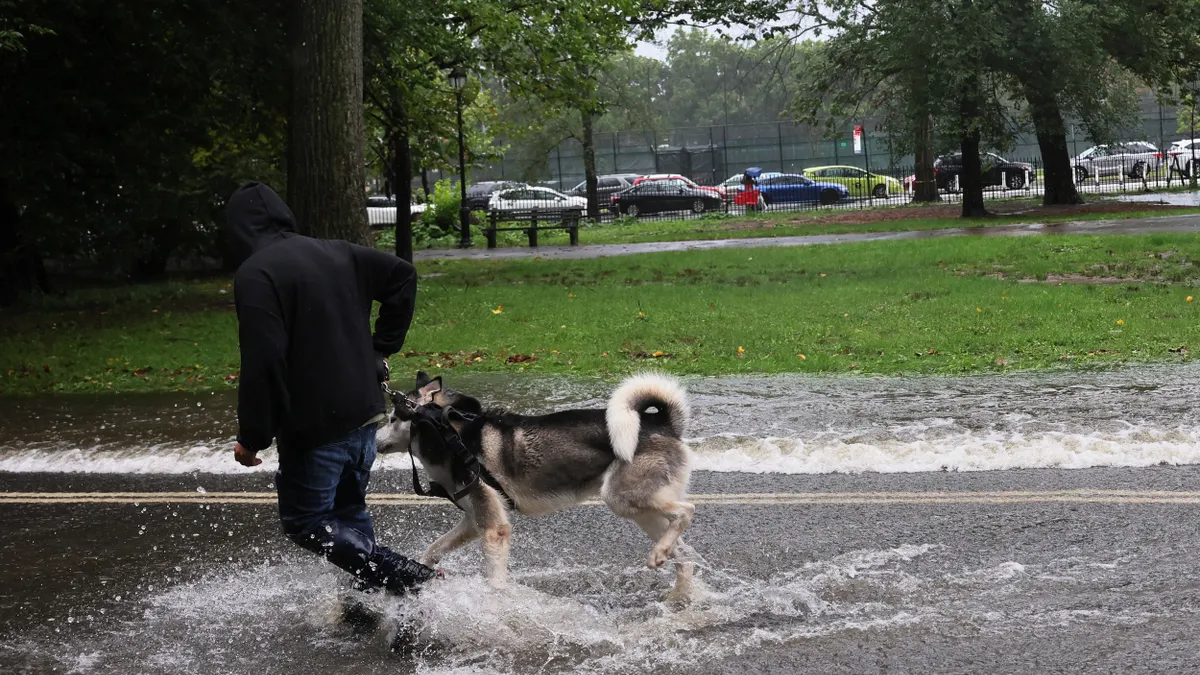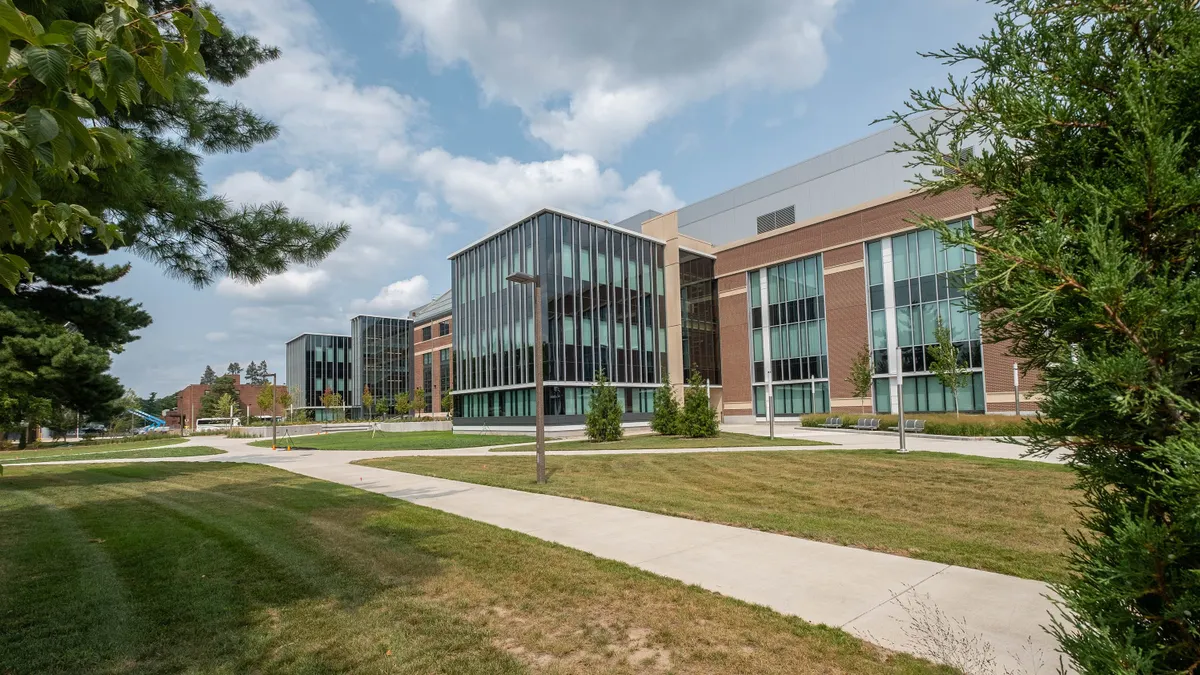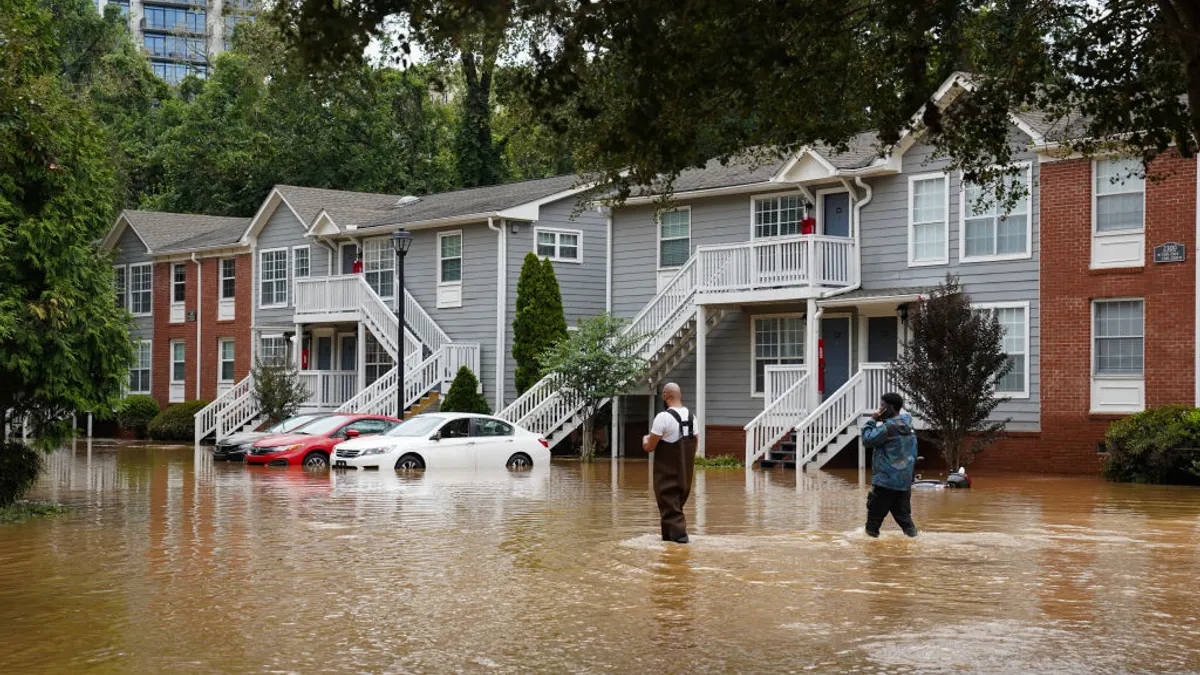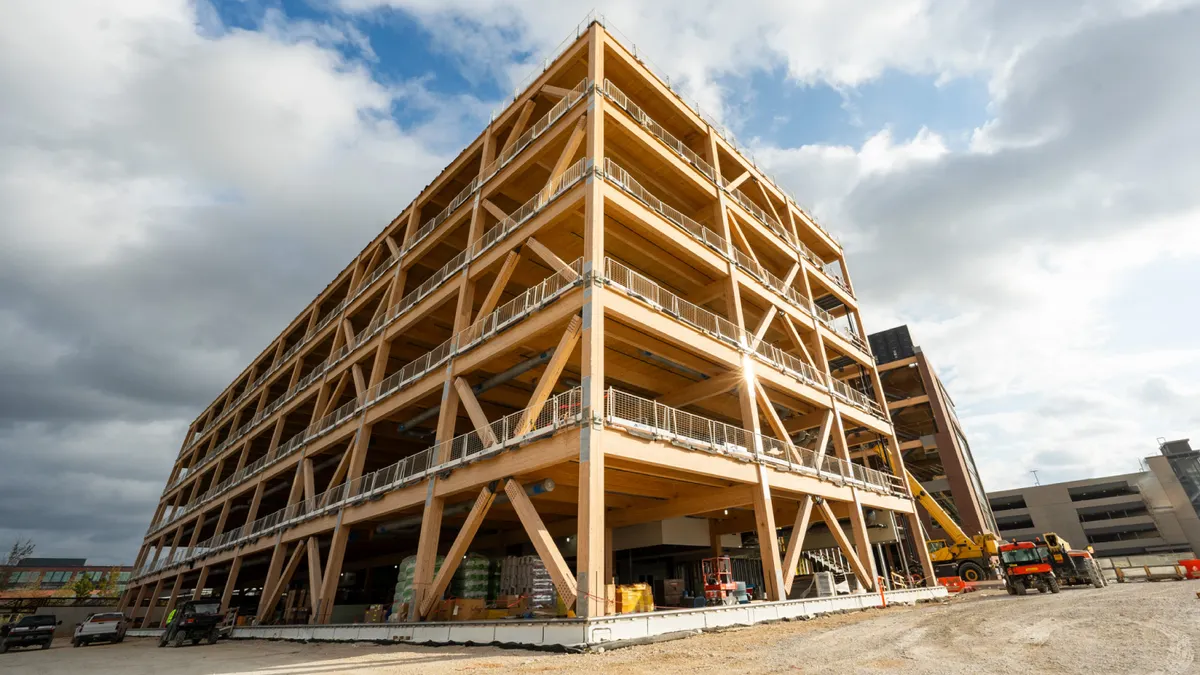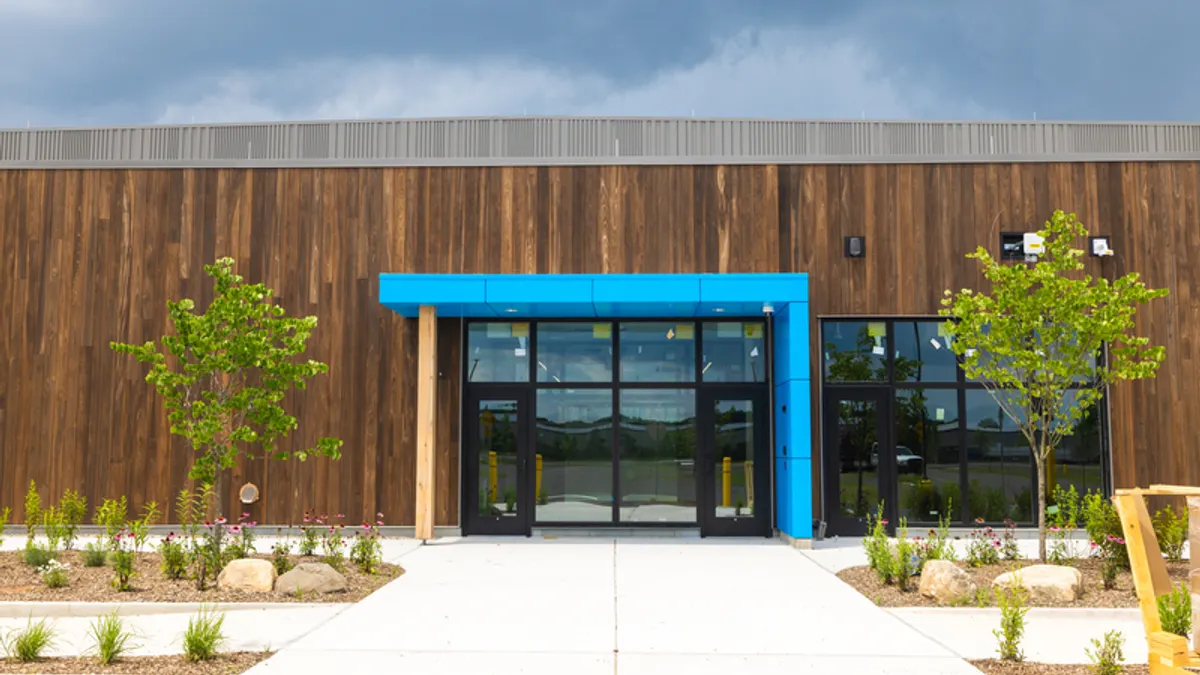For a decade, California builders have installed water-saving, low-flow faucets and toilets in new homes and office buildings, making them 50% more water efficient.
Now, facing a four-year drought with no expectation of significant rainfall in the near term, builders are finding creative ways to comply with emergency water restrictions imposed in April by Gov. Jerry Brown.
The strict water-efficiency standards ban new homes and commercial buildings with lush lawns, and call on builders to install drought-resistant plants — if they use plants at all.
Drying up
California's water restrictions could threaten the state's $39.6 billion homebuilding industry, its 209,000 employees and the ability of consumers to afford housing, Dave Cogdill, CEO and president of the California Building Industry Association, told GlobeSt.com, a commercial real estate news site.
Because of the growing use of water-saving plumbing fixtures and appliances in construction, a new, three-bedroom, single-family home with four occupants consumes approximately 46,500 gallons of water a year indoors, half of what the typical family used in 1980, Cogdill said.
But new homes account for just 0.1% of the state's housing, he said, so government-mandated water restrictions that could limit the number of homes built in the state are "ill conceived," he told the news site. A slowdown in construction, he said, could result in higher home prices and dry up inventory, which would exacerbate an already-acute housing shortage, especially in affordable price ranges, he said.
Cogdill also called on builders, remodelers and the state to convince owners of older homes to replace faucets, shower heads, dishwashers and washing machines with water-saving models. The state Legislature is considering a rebate program for homeowners who replace their old plumbing fixtures with water-saving models.
Savvy substitutes
Like most crises, however, the drought and Brown's mandate for a 25% cut in residential and commercial water consumption statewide has inspired innovation.
Fresno homebuilder Granville Homes has a new standard feature for all of its new, single-family homes: synthetic turf.
The Fresno Bee called the builder’s decision to make live grass an option rather than a go-to for lawns "a bold and expensive move," and noted it may be a first among the state’s builders. Synthetic grass costs approximately six times more than real grass, Granville President Darius Assemi told the newspaper.
"Brown lawns are convincing buyers that this is a good way" to go, Assemi said. "Our goal is to have completed neighborhoods… that look attractive now and in the years and decades to come."
Most builders have already replaced water-intensive plants in their landscaping with drought-sensitive varieties. Some, like Granville, offer drip irrigation systems or weather-sensing models that do not turn on when it's raining.
Others, like Fresno-based builder Wathen Castanos, have eliminated grass all together, noting that water restrictions make it unlikely sod will take root and survive.
Three hundred miles away, every home in KB Home’s new Sea Cliff community comes with its own water recycling system that allows homeowners to collect, treat and reuse gray water — used water from bathtubs, sinks, washing machines and dishwashers.
Owners of the community’s 52 new homes can use the recycled water to irrigate lawns and landscaping. It also can be used for flushing toilets.
KB Home estimates that using gray water instead of the garden hose for plants and lawns can save up to 67,000 gallons of water per household per year. Combined with water-conserving faucets, appliances and hot water recirculation pumps, the builder said, each of the community’s houses can reduce water use by 70%, saving up to 100,000 gallons a year.
A little help
For two decades, officials in Roseville, CA, have been encouraging businesses and schools to use recycled water to keep their lawns looking healthy. And now the city is selling recycled water to construction crews in an effort to stop building from screeching to a halt as water restrictions tighten.
Roseville is selling recycled water for half the price of drinking water, and contractors are lapping it up. "We’re keeping construction going," City Engineer Todd Jordan told local television station KXTV.
Swimming away
Paradoxically, the swimming pool industry in California is thriving.
Construction Monitor this spring reported that Californians built or rebuilt more residential swimming pools in 2014 than during any year since 2007. One pool installer told The Napa Valley Register that his 35-year-old company had its best-ever year in 2014 and he expects to match it this year.
Napa Valley homeowners, he said, have recovered from the recession and have money to spend on backyard pools, which he installs for $40,000 to $60,000 and remodels for as little as $20,000.
The governor's emergency water restrictions did not cover pools, so new pool owners may fill theirs unless local regulations prohibit it, and many do. Napa, for instance, has outlawed the refilling or emptying of pools, except during repairs.
As a result, more homeowners are installing $10,000-plus pool covers that keep pool water from evaporating.







